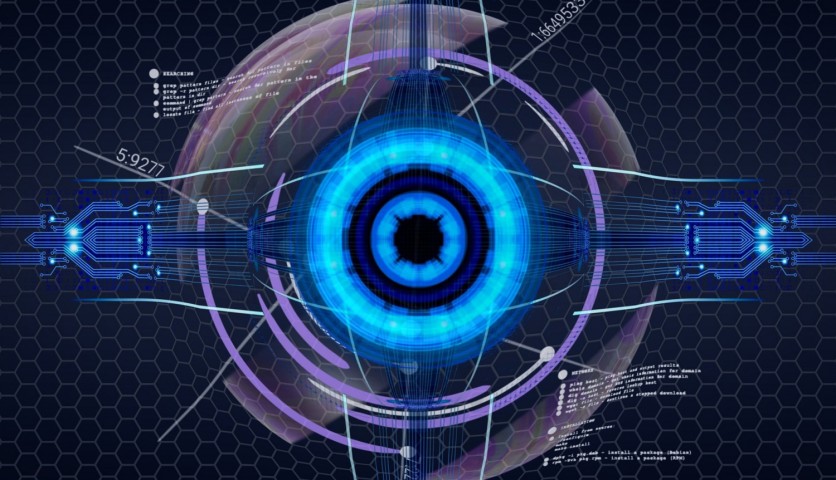
Machine vision refers to a computer being able to see. Often, the computers use different cameras for video, Analog-to-Digital Conversion), and DSP (Digital Signal Processing) to see. After this, the data goes to the computer or a robot controller. However, it must not be confused with computer vision. So, what is machine vision and where can it be used? Read on to understand.
Understanding How Machine Vision Works
Machine vision harnesses the power of visual capturing of data and intel in a particular environment. After the collection, the system processes the images using a set of systems (both software and hardware) and then prepares the information to be used in other applications. You can get these machine vision components from a provider such as Euresys.com. This company is the leader in innovative high-tech and video acquisition components, FPGA programming, and camera control. Besides being an image acquisition software company and offering computer and machine vision tools, Euresys.com prides itself in providing premium support to OEMs and system integrators across the globe.
As you can already tell, machine vision technology employs specialized optics to get the images. With this approach, only particular characteristics of the image are processed, analyzed, and measured.
What Does Machine Vision Require for Capturing?
Machine vision, also known as computer vision, is a field of artificial intelligence and engineering that focuses on enabling computers to interpret and understand visual information from the world. It involves capturing, processing, and analyzing images and videos to extract meaningful information. To successfully capture and process visual information, machine vision systems require several key components:
Image Sensors: Image sensors, such as CCD (Charge-Coupled Device) or CMOS (Complementary Metal-Oxide-Semiconductor) sensors, are used to capture the visual data in the form of pixels. These sensors convert light into electrical signals that can be further processed by the system.
Cameras: Cameras are used to capture images or videos. They consist of lenses to focus light onto the image sensor. The quality and type of camera play a crucial role in the accuracy of captured data.
Optics: Lenses and other optical components are used to manipulate light and focus it onto the image sensor. The choice of optics affects factors such as field of view, depth of field, and resolution.
Illumination: Proper lighting is essential for capturing clear and consistent images. Controlled lighting conditions can improve image quality and enhance the features of interest while minimizing unwanted variations.
Frame Grabbers: In some cases, a frame grabber is used to capture images from cameras and convert the analog signals into digital data that can be processed by the machine vision system.
Image Processing Hardware: High-performance processors, such as CPUs or GPUs, are required to process the captured images and videos in real-time or near-real-time. These processors are used to perform tasks such as image enhancement, feature extraction, and object recognition.
Software Algorithms: Advanced software algorithms are used to analyze the captured images and extract meaningful information. These algorithms can include image filtering, segmentation, pattern recognition, and machine learning techniques.
Memory and Storage: Sufficient memory and storage are required to store images and intermediate processing results during the analysis.
Calibration and Alignment: Accurate calibration of the camera and other components is necessary to ensure that the captured images are geometrically accurate and distortion-free. Proper alignment helps avoid errors in measurements and analyzes.
Interfaces and Connectivity: Machine vision systems often need to communicate with other devices or systems, such as robotic arms or databases. Interfaces such as USB, Ethernet, or wireless connections enable data transfer and integration with larger systems.
Feedback Mechanisms: In certain applications, machine vision systems require feedback mechanisms to adjust the system parameters based on the captured data. This can include adaptive lighting, focus adjustments, or repositioning of cameras.
Overall, machine vision systems require a combination of hardware components and sophisticated software algorithms to effectively capture, process, and interpret visual information for various applications, including manufacturing, medical imaging, surveillance, autonomous vehicles, and more.
Top 5 Machine Vision Applications
Machine vision focuses on enabling machines to interpret and process visual information from the real world. As such, its applications are broad and wide. Here are a few of them you may encounter.
- Analysing Component Analysis: Machine vision can identify defects, measure dimensions, and check for proper alignment. This ensures that the components in question meet the quality standards set. For this reason, it is crucial for industries such as automotive, electronics, and pharmaceuticals.
- Optical Character Recognition: OCR converts printed or handwritten text in images into machine-readable text. It's widely used in document processing and data entry tasks. OCR helps automate tasks that involve reading information from documents such as invoices, forms, and identification cards.
- Object Recognition: One can identify objects within an image or video stream using machine vision. This application is mostly seen in manufacturing, robotics, and autonomous vehicles. For instance, it can help robots identify and pick particular items from a conveyor belt in a factory.
- Pattern Recognition: Are patterns crucial in your industry? In medical imaging, the patterns help detect anomalies or diseases based on the patterns in the medical scans.
- Counting of Items: Machine vision accurately counts items on a production line or in a warehouse. It's faster and more precise than manual counting, thus reducing errors and improving efficiency in inventory management.
Machine vision is a remarkable technological advancement that has revolutionized visual analytics. Its ability to process and interpret visual data has transformed manufacturing processes, document management, and security systems. This technology has brought about automation, quality assurance, and precise inspection by harnessing the power of cameras, image processing, and advanced algorithms. All this leads to enhanced efficiency and improved product quality.
ⓒ 2025 TECHTIMES.com All rights reserved. Do not reproduce without permission.




